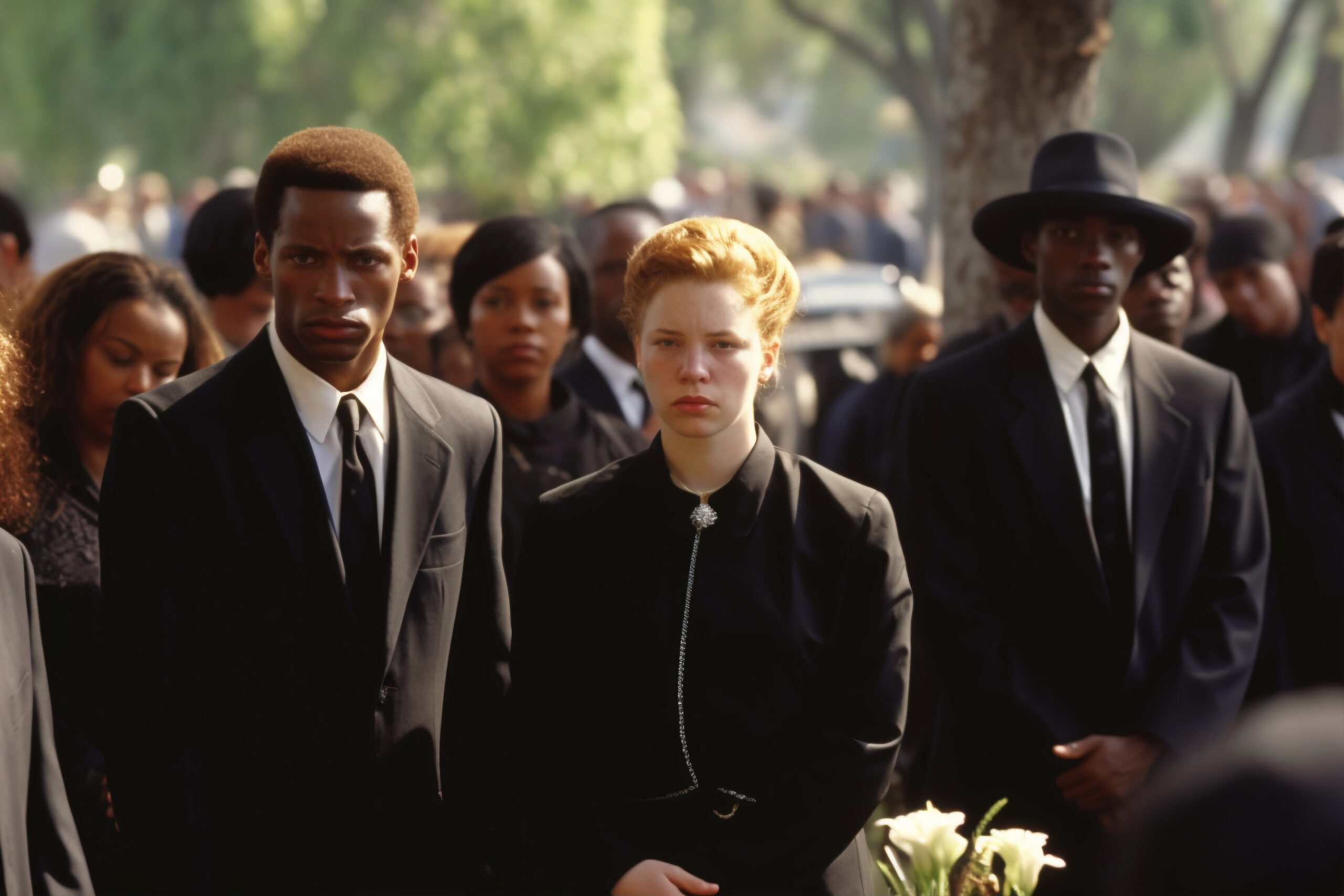
The Surprising Reason Why Funeral Homes Are Disappearing Across America
In this world, nothing is certain except death and taxes. Today, the funeral industry in the United States is worth $20 billion annually, with 2.4 million funerals taking place every year. Historically, funerals were personal practices. From medieval times until the mid-1800s, families took care of their own dead. Carpenters built caskets for families upon request and occasionally provided transport of the body with horse and cart, but this was a side income rather than their primary trade. Regardless, these part-time individuals were history’s first undertakers.
Historical Background
As society became more urban and communities began to grow, it was no longer suitable for families to bury their dead on their own property. Cemeteries were established as common areas designated for burials. The Civil War in 1861 followed as a pivotal moment for the modern American funeral industry. Dead soldiers had to be transported back home from the frontlines, and their bodies needed to be preserved for burial. Embalming, the art of preserving a dead human body, became a valued skill. After the Civil War, embalming had become a widely accepted and essential service in all American funerals. It was a natural transition for embalmers to become undertakers or woodworkers to become embalmers and then full-time undertakers. Since the embalmer is already physically preparing the body for burial, it made sense for them to also offer other services that would be required along the way, like storage, coffins, transport, and a ceremony.
Evolution of Funeral Homes
As society scaled, undertakers opened funeral homes in their communities as a central place to perform these services for a local customer base. Most funeral homes in America today remain true to their roots as small, independent, family-owned businesses that have been passed down from generation to generation. As the funeral industry has evolved, so have the titles. Undertakers are now better known as morticians or funeral directors.
The Business of Death
The passing of a family or friend, the burial, a somber funeral service, and the accompanying grief are uncomfortable experiences that we all go through in our lives. Death, whether our own or others, is an unpleasant and difficult reality that most of us actively avoid talking about until it’s absolutely necessary. For funeral homes, death is their business. They profit off of death. The more people die, the more funerals they conduct, and the more money they make. The death industry is not one that demands innovation or gets a lot of attention in the first place. Funeral homes are known as stable, recession-proof, defensive businesses that make good money rain or shine. But they’ve also picked up a poor reputation as an opaque and predatory business that exploits grief for maximum profit by price gouging, confusing billing, and upselling to emotionally vulnerable individuals and grieving families.
Current Challenges
While people say funeral homes are the business of death, calling it the business of grief seems more accurate. The dead don’t care how they’re buried. It’s the living that cares and pays. The average cost for a funeral in the US ranges between $7,000 to $12,000. For a burial, the funeral home will bring the customer to their showroom and sell them a casket averaging $2,500. Then they’ll embalm and prepare the body for $1,000. For another $1,000, the funeral home will set up its facilities for a ceremony and viewing and charge another $800-$1,000 for transporting the body and paperwork like arranging the obituary and death certificate. The funeral director will usually charge a separate service fee of $2,300 for coordinating everything. After the ceremony and viewing are complete, the funeral home will transport the body, typically in a hearse, to a cemetery. Depending on if the customer has chosen a public or private cemetery, the actual burial could cost anywhere from an additional $2,000 to over $100,000 for the grave. The customer can also choose a vault and a flat or raised headstone, all of which can cost another $1,000 to $10,000 again, depending on the cemetery.
Trends and Market Dynamics
The National Funeral Directors Association blames cremation as the major reason for the industry’s struggles. Cremation has risen in popularity over traditional burials due to flexibility and affordability. Rather than storing the body in a coffin, hosting a wake at the facility, paying respects, and laying the coffin to rest in a physical grave, cremation simplifies everything by incinerating the body into ashes. This removes the need for embalming, body transport, ceremonies, and many other services that funeral homes would typically provide and generate income from. As a result, cremation is significantly cheaper and generally generates a third of the revenue that a burial and funeral would generate. The average cremation costs between $1,000 to $7,000, whereas the average funeral ranges from $7,000 to $12,000 or higher.
Industry Fragmentation and Consolidation
The American funeral industry is significantly fragmented, seemingly unscathed by the M&A of corporate America. There are roughly 18,800 funeral homes in the United States, and 89.2% of these are family-owned. There are about 1,000 crematoriums and 115,000 cemeteries. But that’s not to say corporate America hasn’t tried. Service Corporation International is the largest public funeral home corporation today. Since their incorporation in 1962, Service Corporation International has aggressively leveraged debt to acquire thousands of family-owned funeral homes across the United States in pursuit of efficiencies of scale. The company’s vision is that with consolidation, they could reduce costs and increase profitability in ways that individually owned family-owned funeral homes could not. By sharing administrative overhead, paperwork, transportation, and personnel across hundreds of funeral homes and cemeteries, the company found great effectiveness from the 1960s to 1990s buying out family operators and their facilities.
Financial Performance
Despite constrained growth, the business of death is still extremely lucrative. In the past seven years, the company’s revenue has grown annually by 6% on average, from $2.9 billion in 2015 to $4.1 billion in 2021. The company’s gross profit hovers at 25% on average, with net income of 13%. For a cash-on-cash retail business that deals in one-time large transactions, these results and margins are impressive. The funeral home division makes money from services like embalming, director service fees, transporting bodies in hearses, cremations, and even catering. As expected, the funeral home division’s biggest money makers are in physical products that they sell, like caskets, urns, outer burial containers, memorialized merchandise, stationery, and even flowers. The funeral division brings in, on average, $2 billion every year, accounting for 60% of Service Corporation’s annual revenue with a 19% gross profit margin.
Conclusion
The cemetery division provides burial sites, crypts, mausoleums, and spaces for dedicated cremation. Cemeteries also sell merchandise and services like flowers, optional floral service for people who want someone to regularly place flowers on a grave, outer burial containers, graveside services, headstones, and so forth. Service Corporation’s cemetery division brings in around $1.3 billion every year, accounting for 40% of the company’s annual revenue but with a 30% gross profit margin. This goes to show that while funeral homes generate more income through services, their margins are slimmer due to the labor-intensive nature of such work. In comparison, cemetery margins are higher as a one-time premium for a micro-allocation of land in 2.5 by 8 feet rectangles.

